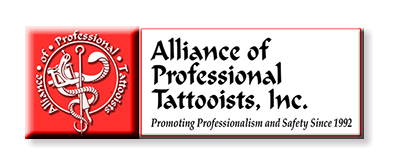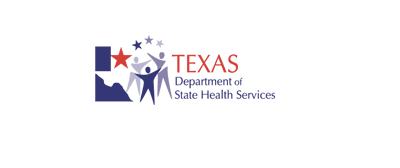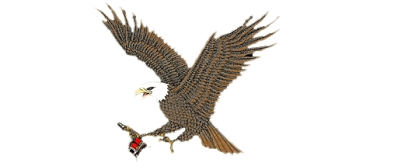Social Acceptance of Nose Piercings
History of Nose Piercings
Nose Piercing in the Bible
Nearly 2,000 years after the first records of nostril piercing, the Biblical book of Genesis describes Abraham’s son Isaac giving his future wife, Rebekah, a golden “Shanf”, which is Hebrew for “golden earring” or “nose ring”. The practice of men gifting golden nostril rings to their future wives is one that continues to this day among the Bedouin tribes of the Middle East and the Berber and Beja tribes of Africa. These gifts are a form of insurance that represents financial security; should a woman’s husband die or divorce her, she can sell her nose ring to provide for herself.
Also, the size and value of a gifted nostril ring indicates how wealthy a man’s family is—or in some cases, the wealth of a woman’s family. There are some Middle Eastern and African tribes that include nose rings as part of their daughters’ dowries.
Nose Piercings in India
The practice of nostril piercings traveled to India from the Middle East in the 1500s by the Mughal empire. It became a common practice in India that persists to this day. Indian women will either pierce their left nostrils or both nostrils and wear “phul” (nostril studs) or “nath” (nose rings) in them. Historically, Indian women have been more likely to pierce their left nostrils because of the beliefs stemming from the ancient Indian natural healing systems, Ayurveda.
Nose Piercings in Western Civilization
Nose rings were first introduced to western civilization around 1913. This is when the French singer Polaire sported a left nostril piercing during a tour of the U.S. However, it was not until the 1960s that nostril piercings become more widely popular in the United States. Hippies who traveled to Indie brought the practice of nostril piercings back to the U.S. in the 60s. Nose piercings were adopted by punk rockers and goths in the 1970s and 1980s as a defiant symbol of rebellion against conservative values and a physical declaration of personal independence.
Nose Piercings Today
Today, nose rings are quite common in the mainstream media. There are still many who frown on nose piercings. However, that has now slowed down the nose piercing trend. In addition to young people, progressively more professionals in trades as diverse as business to medicine are adopting the practice of nose piercings now.
Septum piercings are also common today in the U.S. While not as popular overall as nostril piercing, septum piercing has become widely adopted by mainstream in recent years. This may due partly because you can turn up septum piercings to hide them when necessary.
These are just basics of the social acceptance of nose piercings. Contact us here at Tattoo Consortium with the link below to get started on your nose piercing today!






